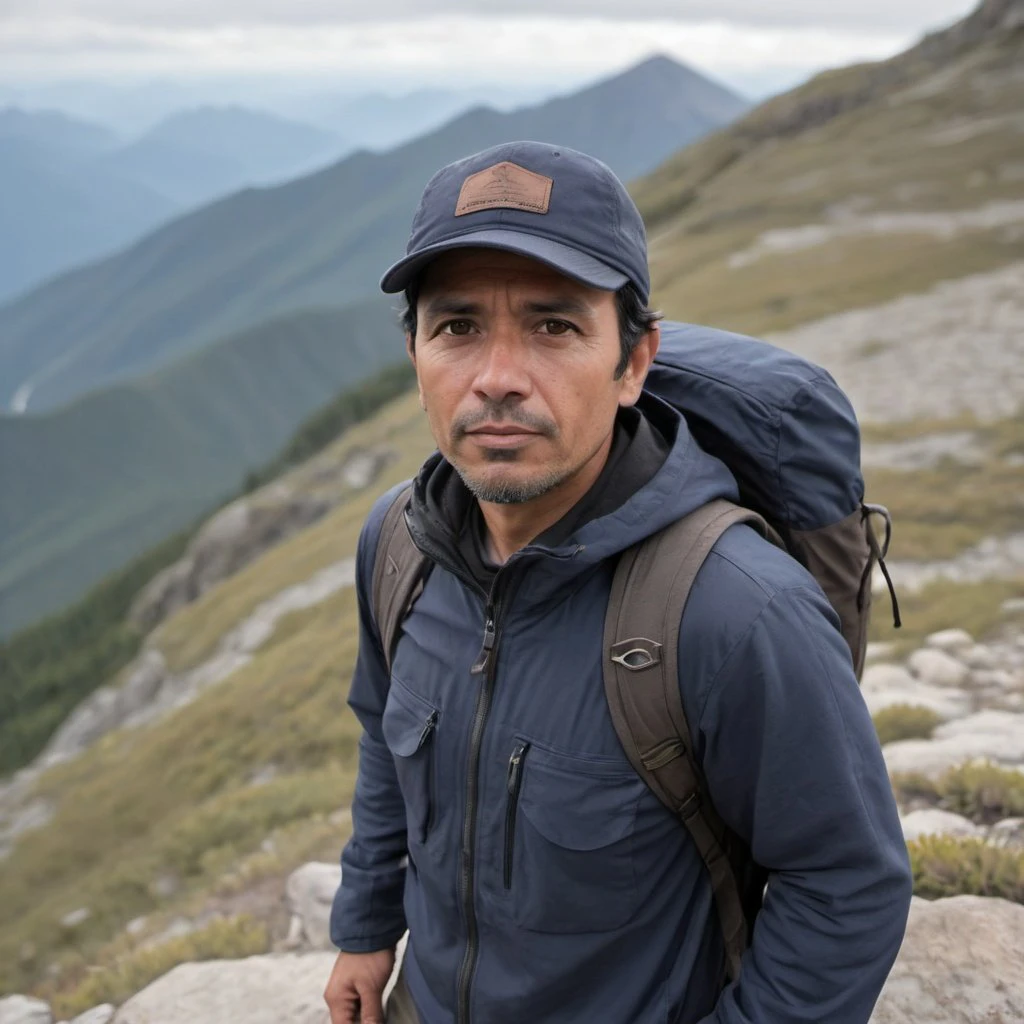Poland is a land rich in history, stunning architecture, and vibrant culture. However, a 5-day itinerary may not be enough to visit all the attractions.
So, how do you get the perfect itinerary?
In this guide, I’ll share key planning considerations and provide a detailed 5-day itinerary to help you experience the best Poland offers. Let's start!
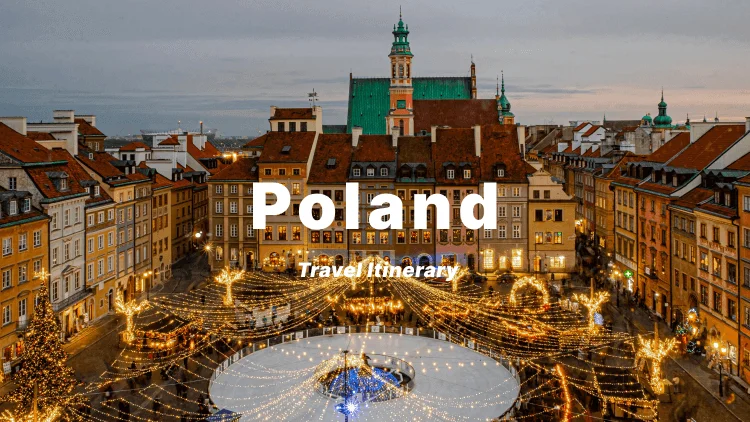
1. How to Effectively Plan Your Poland Travel Route
Planning a trip is a headache. No matter how long it is. So I have listed a few key factors to consider, applicable to any trip length and anywhere.
Budget: Your budget will influence your choice of accommodation, meals, and activities.
Accommodation options: This should effectively tie together your day-to-day activities in Poland. Consider whether the accommodation is convenient for you to get to and back from each attraction.
Time of year: This is an obvious one. Warm summers and snowy winters offer different Polish experiences.
Interests and Activities: What are your top priorities when traveling? Is it history and culture or outdoor activities?
Health & Safety: Make sure the tour activities are tailored to your physical condition to get the best experience.
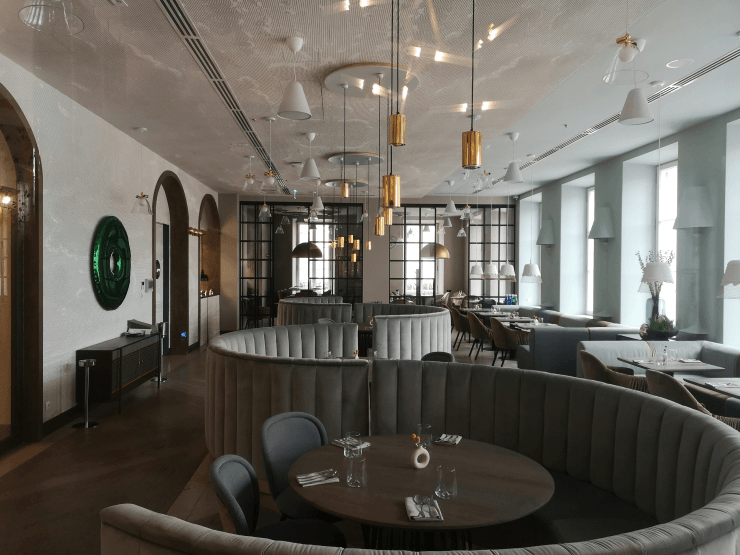
2. A 5-Day Travel Itinerary for Poland
Route Overview
Your journey begins in Warsaw, the capital of Poland. We then traveled to Wroclaw, Auschwitz, and Krakow. Poland has a rich cultural heritage. With the itinerary I've provided below, you'll find major historical landmarks and cultural experiences along the way, as well as vibrant modern city life. Want more details? Take a look below:
Poland 5-Day Trip Table
Day | Destination | Recommended Spots |
1 | Warsaw | Old Town, Mermaid Statue, Royal Palace, Marie Curie Museum |
2 | Wroclaw | City Museum, Pan Precel, Rynek, Stare Jatki, Archeological Museum, Metropolitan Seminary, Cathedral of St. John the Baptist, Tumski Bridge |
3 | Auschwitz ➡ Krakow | Memorial and Museum Auschwitz, travel to Krakow by train, wander Old City area |
4 | Krakow | Wawel Castle, Old Town Market, Czartoryski Museum (Da Vinci painting), National Museum, Salt Mine |
5 | Krakow Jewish Quarter | Quick tour of the remaining attractions in the Jewish Quarter, Schindler Museum |
Day 1: Arrival in Warsaw
The journey begins in the Polish capital, Warsaw, a city with a long history and modern charm. It has New Town and Old Town.
To-do list:
Stroll through the Old Town: The Old Town was named a World Cultural Heritage in 1980. There are beautifully restored buildings and a lively market square.
Mermaid Statue: Admire the iconic Mermaid Statue, which symbolizes Warsaw’s resilience.
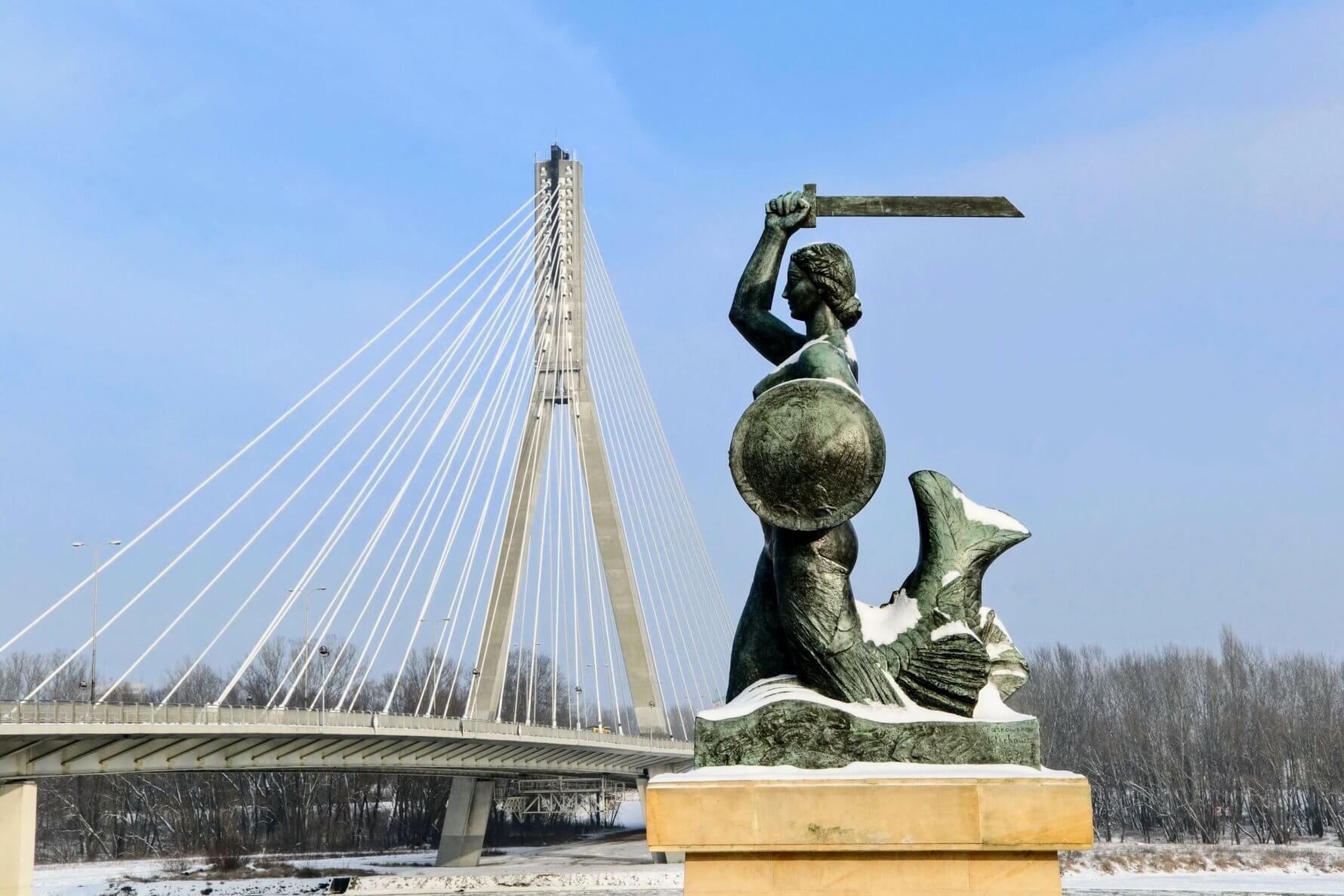
Royal Palace: Explore the majestic Royal Castle, a symbol of Poland's royal heritage.
Marie Curie Museum: Explore the life and achievements of this Nobel Prize-winning scientist.
Where to Stay:
Opt for a centrally located hotel for easy access to major attractions.
Use public transport or rent a bike to explore the city efficiently.
You need to buy tickets for the Royal Palace. Pricing: general tickets, 30 PLN, group tickets, 25 PLN, closed every Monday.
Day 2: Wroclaw
Today, you will take a city tour covering every major attraction, combining culture, history, and local life. So, to have a fulfilling day, be sure to get a good night's sleep. Also, I suggest arriving early or a day in advance to have a full day in Wroclaw.
To-do List:
City Museum: the first stop for learning about the city. You will see Wroclaw's rich history and art collection.
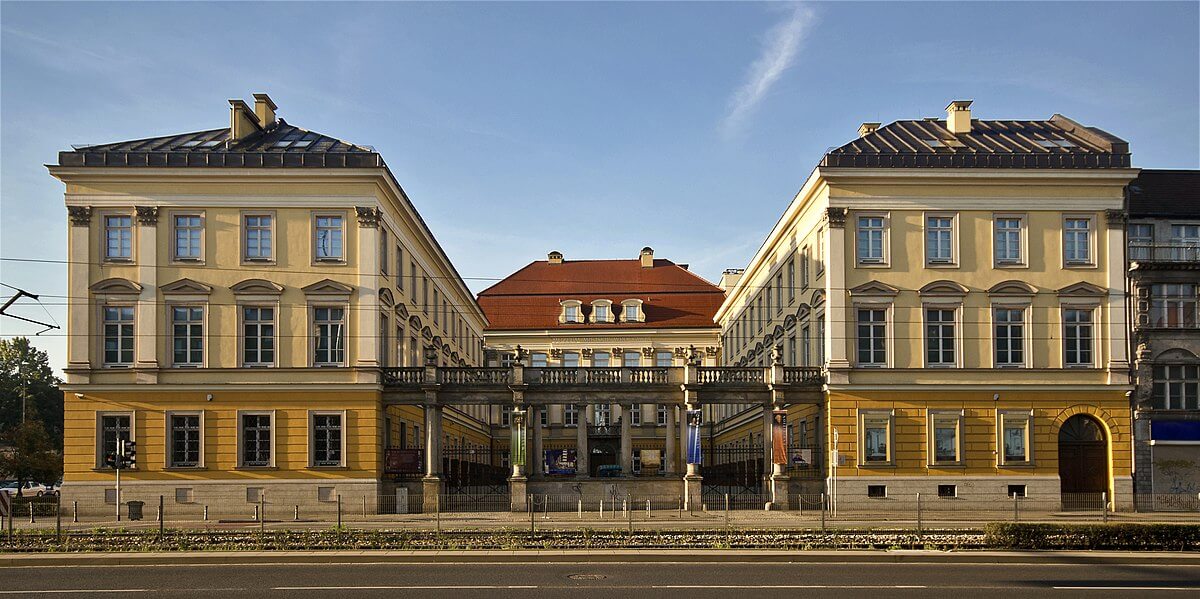
Pan Precel: Enjoy delicious local pretzels at this popular spot.
Rynek (Market Square): Wander through one of Europe’s most beautiful medieval squares.
Stare Jatki: Visit this historic street known for its artisan shops and sculptures.
Archeological Museum: Discover artifacts from the region’s ancient history.
Metropolitan Seminary: Admire the architecture of this important religious site.
Cathedral of St. John the Baptist: Marvel at the Gothic architecture and panoramic city views from the tower.
Tumski Bridge: Cross the “Lovers’ Bridge,” adorned with padlocks left by couples.
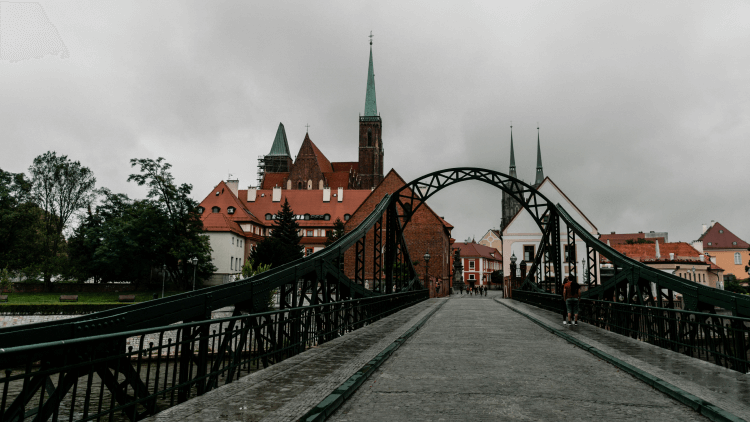
Where to Stay:
Choose a centrally located hotel or guesthouse to access the city's main attractions easily.
Wear comfortable shoes for walking, and start early to make the most of your day.
Day 3: Auschwitz ➡ Krakow
The next day we headed to Auschwitz concentration camp. After that, go to Krakow, the charming old city.
To-do List:
Memorial and Museum Auschwitz: Reflect on history with a visit to this important and sobering site.
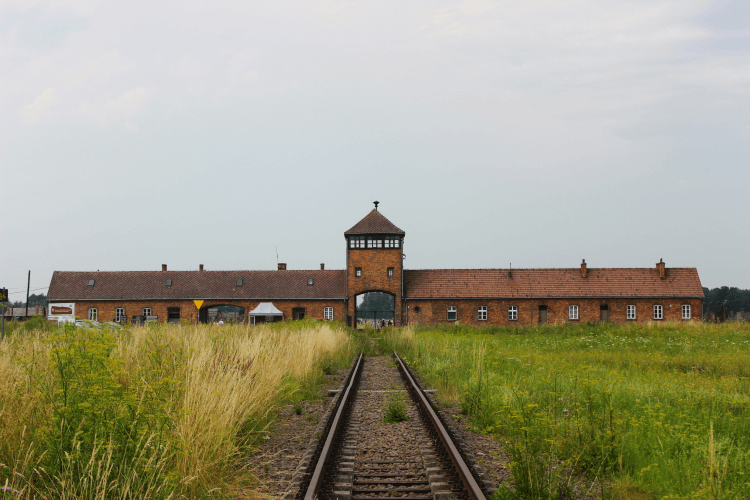
Then you will go to Krakow by train, the Poland’s cultural capital.
Old City Town: Wander through Krakow’s historic center, a UNESCO World Heritage Site.
Where to Stay:
Stay in Krakow’s Old Town, so you can get to the attractions quickly tomorrow, and the vibrant nightlife is a plus.
Allocate enough time for the Auschwitz visit and book train tickets in advance.
Day 4: Krakow
Immerse yourself in Krakow’s rich cultural and historical offerings.
What to See and Do:
Explore Wawel Castle and its beautiful grounds.
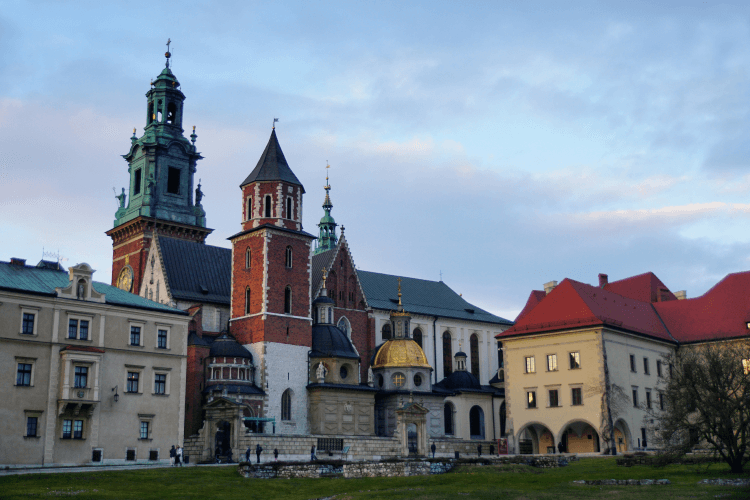
Old Town Market is Europe's largest medieval town square.
Czartoryski Museum: View Da Vinci’s famous painting, “Lady with an Ermine.”
Visit the National Museum for a vast collection of Polish art and history.
The Wieliczka Salt Mine is also a UNESCO World Heritage Site. You can choose the tourist route or the miner route to give you a different experience.
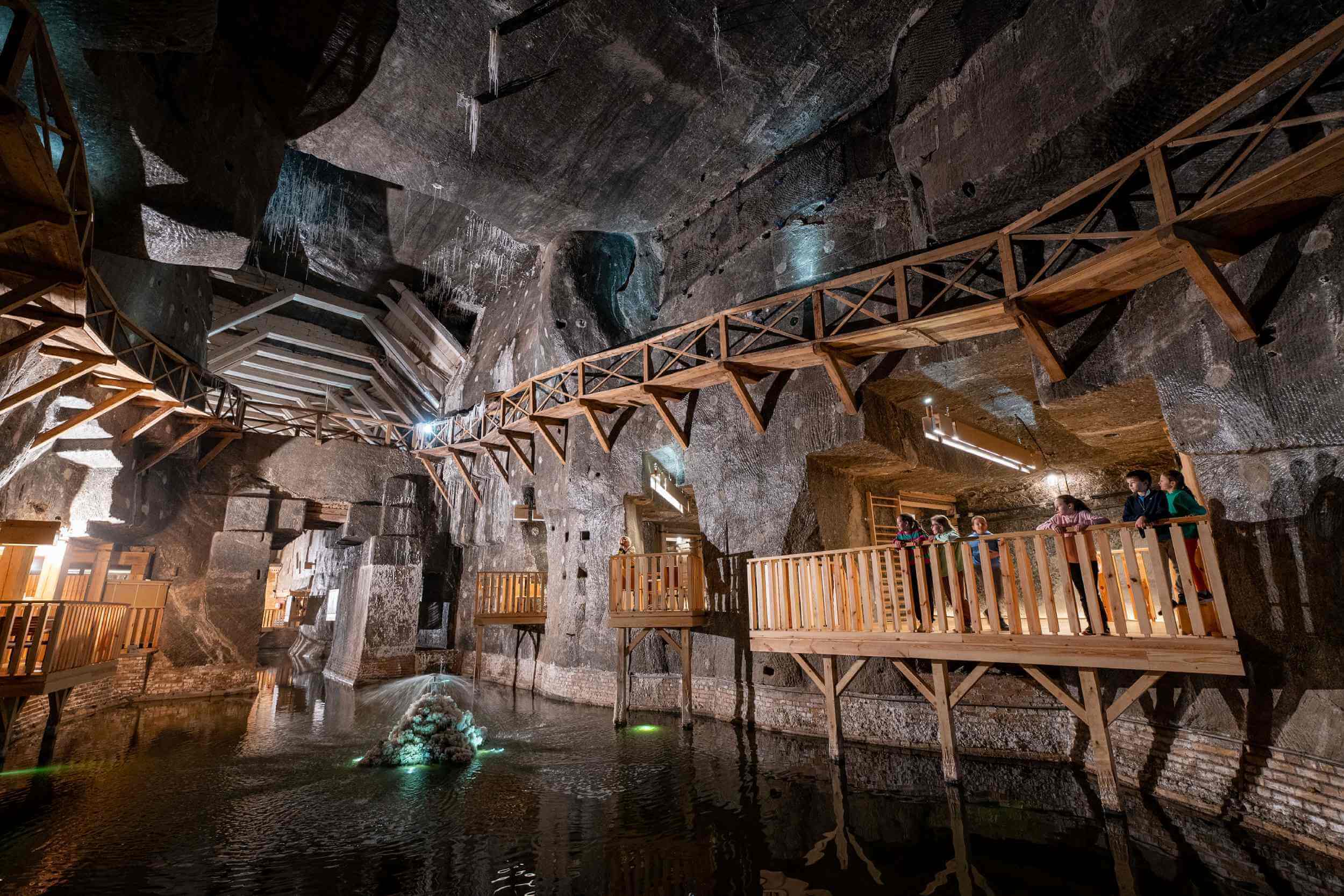
Where to Stay:
There is no necessity to change accommodations between the two days.
The salt mine has an official website and you can buy tickets in advance to avoid long lines or sold out tickets.
Day 5: Krakow Jewish Quarter
The final location is Krakow’s Jewish Quarter.
In the morning you can explore the sights of the Jewish Quarter. Admission to the Schindler Museum is free on Mondays, but there can be long lines. Or look for local food, you may have unexpected surprises. I remember there was a store called Cukierna, it was cheaper and the apple pie was delicious.
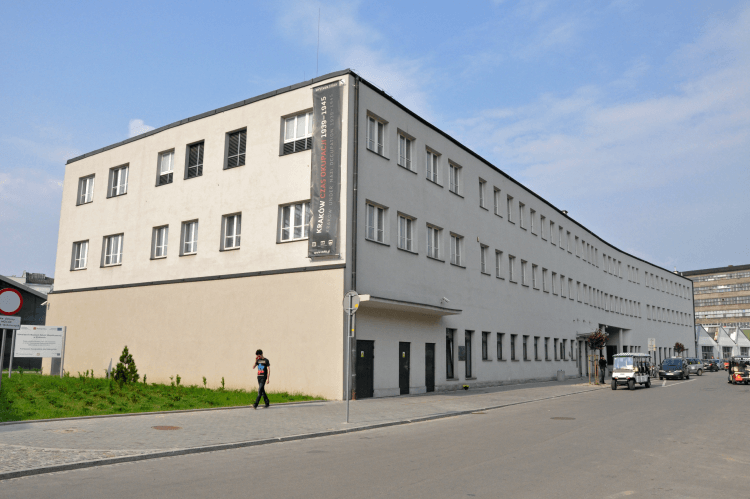
Where to Stay:
The same as the previous day. Krakow's Jewish Quarter and Old Town are only about 1.5 kilometers apart.
A guided tour can give you deeper insights into the history.
How to Shorten or Lengthen the 5-Day Route:
For an itinerary in 2-4 days, I recommend skipping Wroclaw and heading directly from Krakow. Likewise, you can delete some attractions from your to-do list each day so that you cover all the cities in the table I listed.
Instead, you can stay longer in Warsaw, Krakow or Wroclaw. I've been to some outdoor activities there, including day trips to Zakopane, hiking in the Tatras, which are completely different from city tours. This can extend the trip to a week.
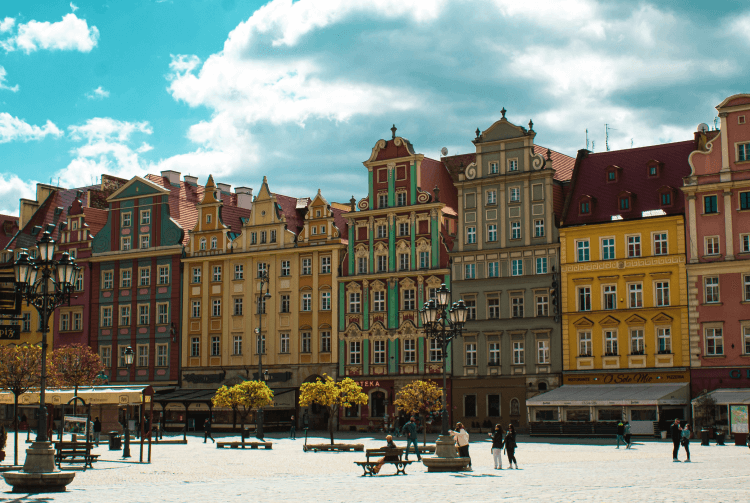
3. Top 10 Polish Foods and Drinks
What is a must for your Poland trip? The local cuisine. In Poland, cuisine is rich in flavor, hearty, and rooted in tradition. What are the special dishes? Usually, you can taste a variety of meats, hearty soups, and delicious pastries. I’ve put together 10 classic dishes worth trying.
1. Pierogi - traditional Polish dumplings.
These dumplings are stuffed with various fillings, such as cheese, potatoes, meat, or fruit. Often served with sour cream, they are a staple of Polish cuisine.
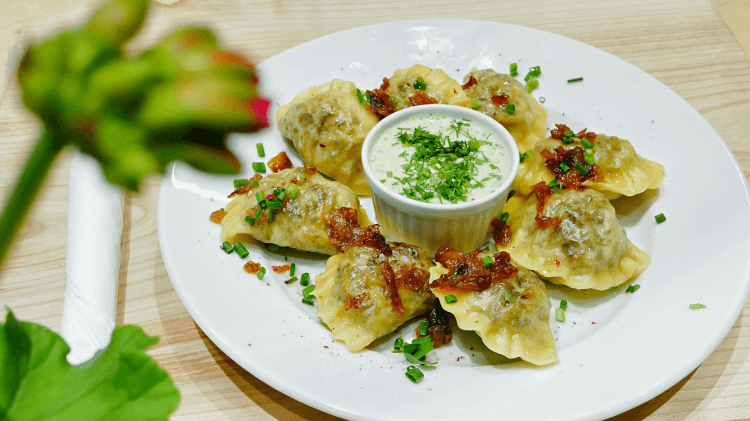
2. Bigos - hunter's stew.
Poles make it using sauerkraut, fresh cabbage, and a meat mixture (usually including pork and sausage), then making a rich flavor by slowly cooking.
3. Żurek - soup.
Sauerkraut, fresh cabbage, and mixed meats (often including pork and sausages) are then slowly cooked - these are where the deep, rich flavor comes from.
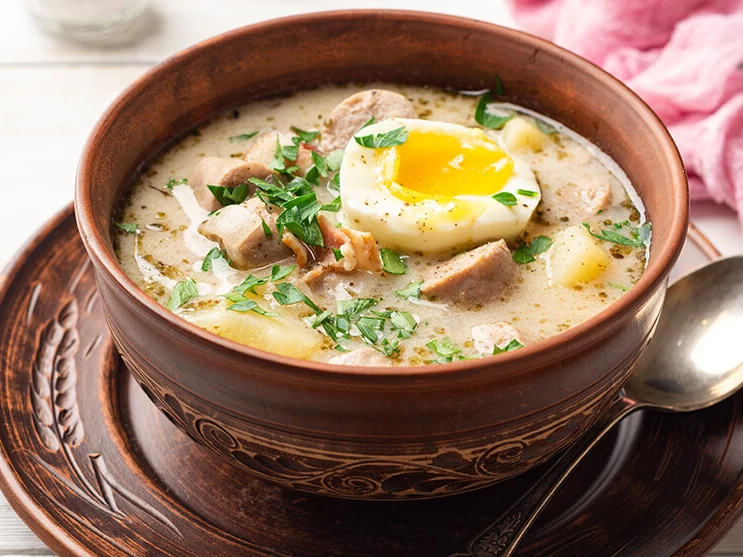
4. Kielbasa - Polish sausage, kielbasa.
It comes in many varieties and is enjoyed grilled, fried, or boiled, which is a versatile ingredient in Polish cooking. It’s a very popular snack, you can see it everywhere at street fairs.
5. Placki Ziemniaczane - Crispy potato pancakes.
Typically, you get it served with sour cream or beef stew.
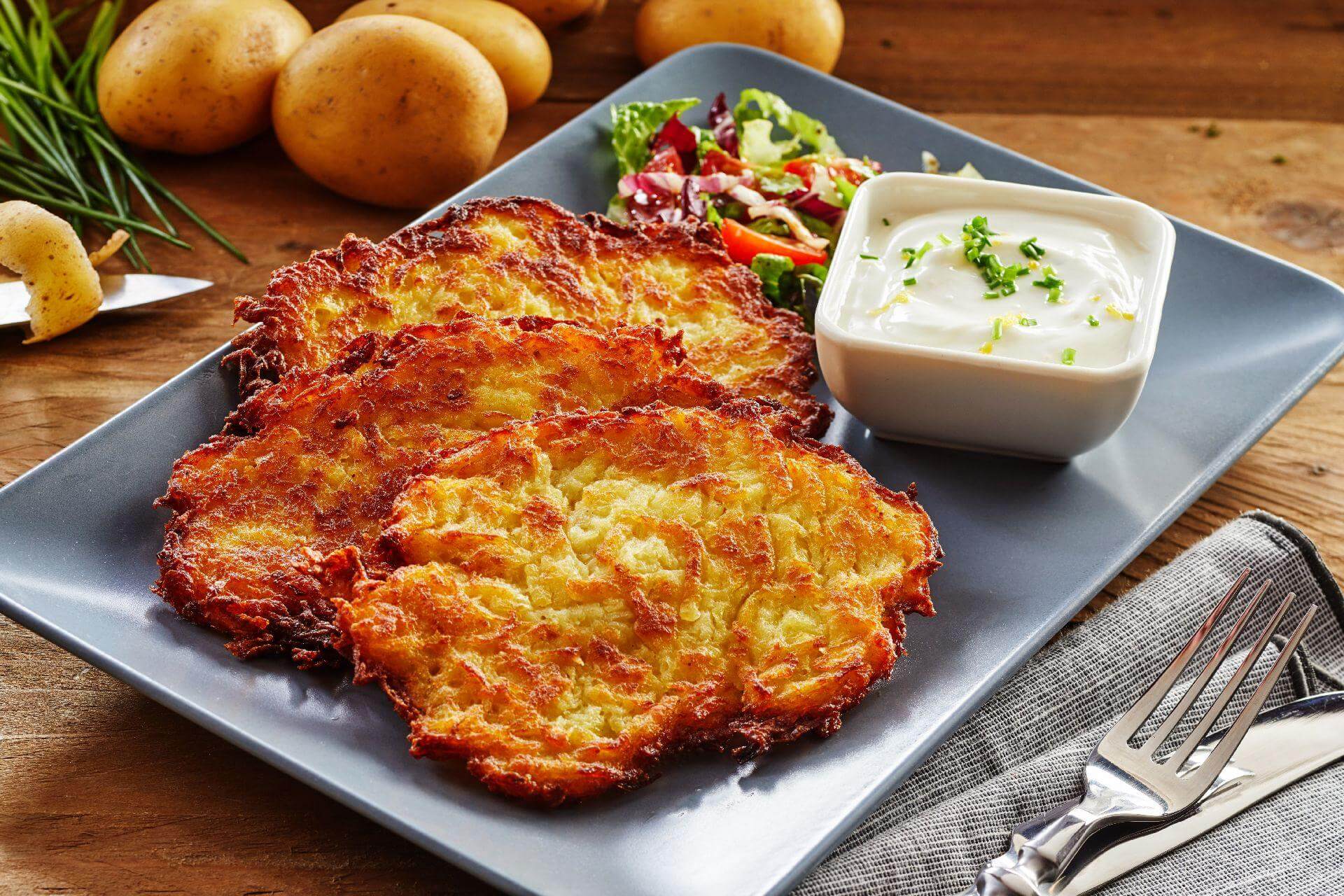
6. Golonka - braised pork knuckle.
Tender and delicious. What's more special is that it is often paired with horseradish and mustard, so the taste is quite unique.
7. Barszcz - beetroot soup.
It's traditional, with a bright red color and earthy flavor. You can choose hot or cold.
8. Pączki - donuts.
These Polish donuts are typically filled with jam or other sweet fillings and dusted with powdered sugar. They are especially popular on Fat Thursday, the Polish version of Mardi Gras.
9. Sernik - cheesecake.
Polish cheesecake, made with a special type of cheese called twaróg, is denser and less sweet than its American counterpart. It's often flavored with vanilla, lemon zest, or raisins.
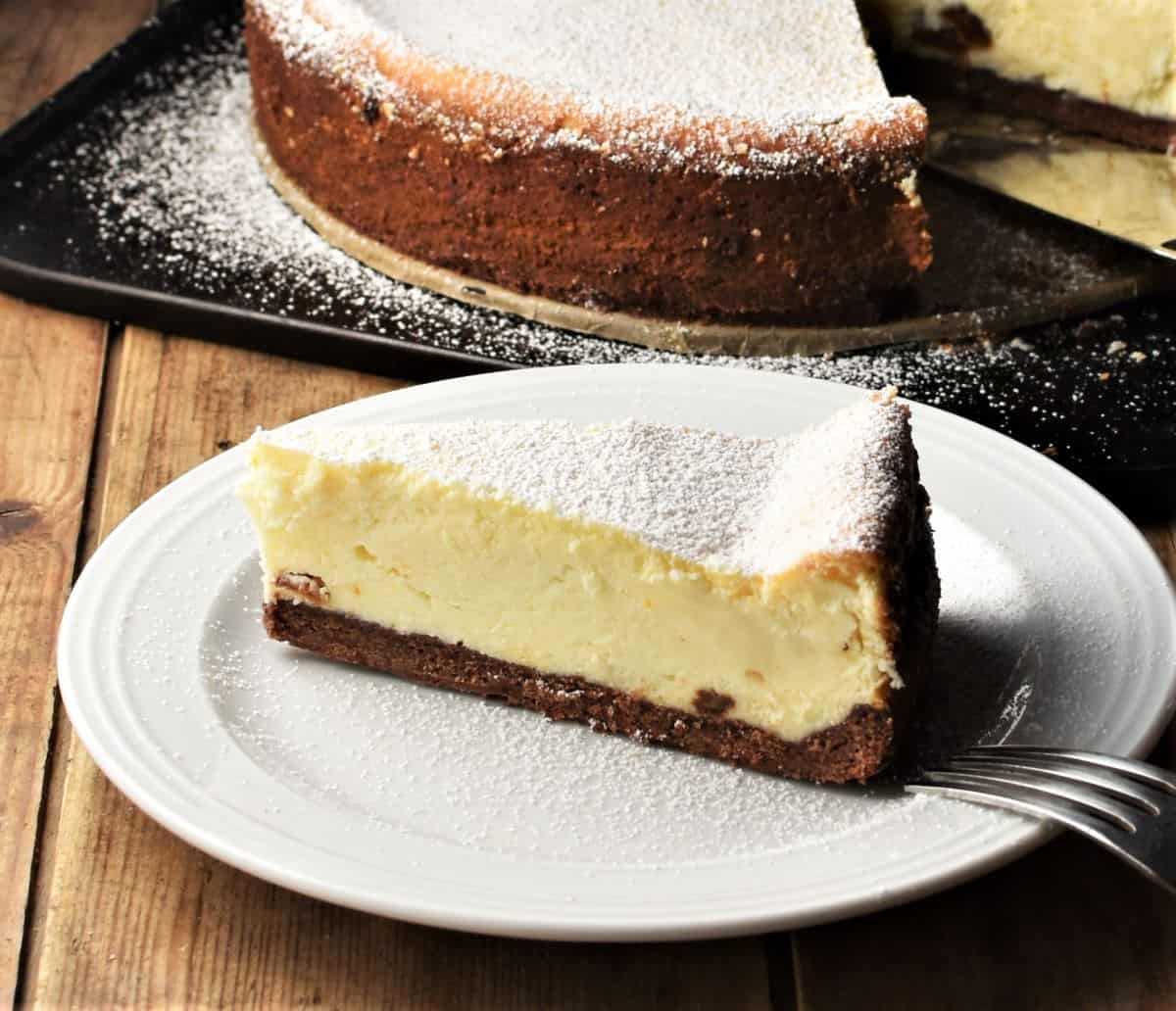
10. Kompot - cold drink.
Served with a meal, you can think of it as juice, but it's made by boiling rather than pressing. It usually includes sugar and various fruits such as apples, plums, berries, etc.
4. Additional Tips for Traveling in Poland
Packing Essentials
A prepared checklist ensures you have a comfortable trip. The list should cover every activity, from flying and outdoor activities to daily life needs. And don't forget to check and pack appropriately for the weather in Poland. Some key essentials include:
Passport and any ID or document you will need
A good pair of walking shoes
a raincoat
Ayers is suitable for changeable weather.
European plug adapter,
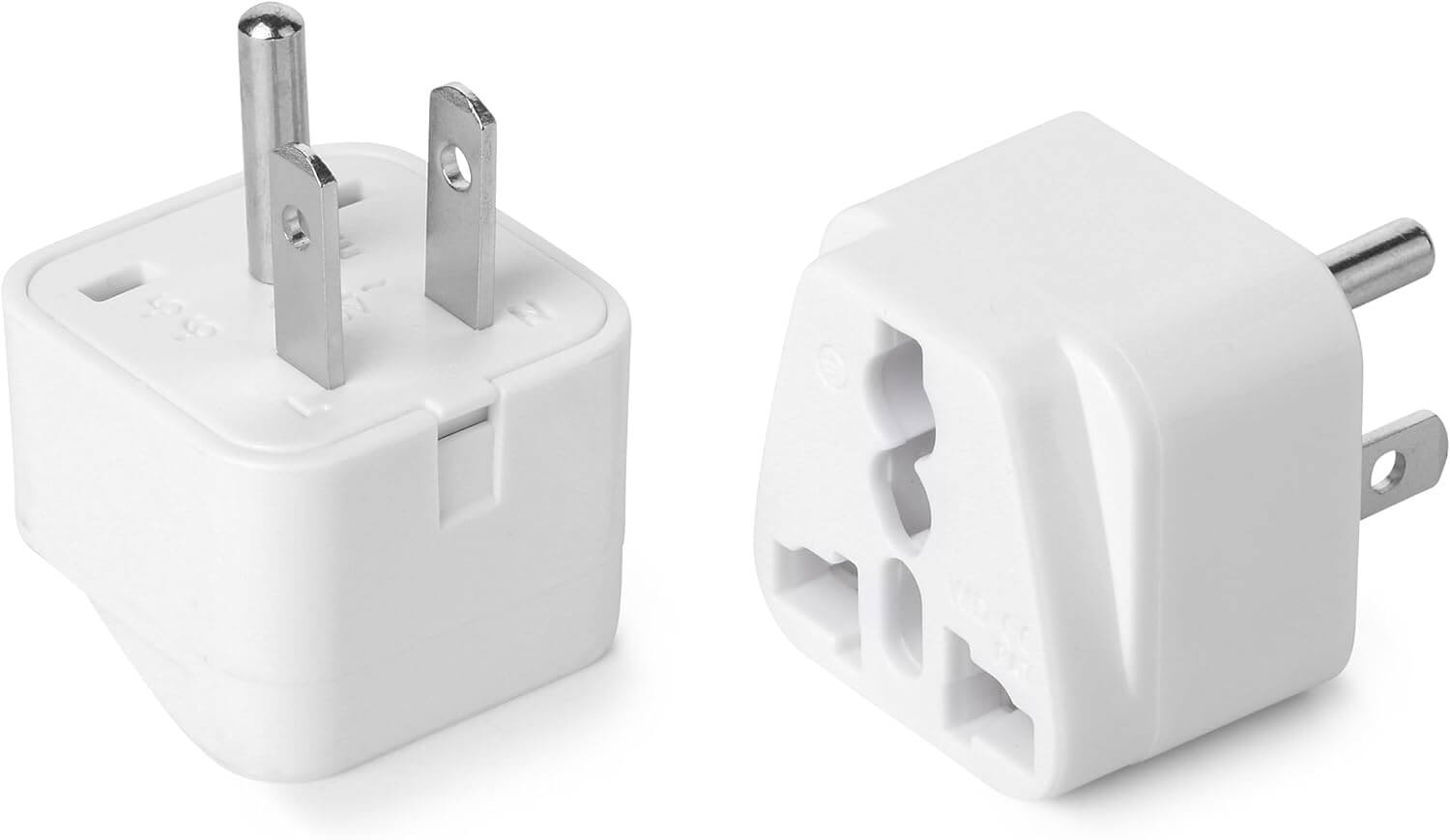
Any necessary medications.
Cash and Local Apps
Although credit cards are widely accepted, bring some cash with you for smaller purchases. Having some local apps is convenient. In Poland, BLIK is useful for mobile payments, and the main transportation apps in Poland include Koleo for train tickets and Jakdojade for the urban public.
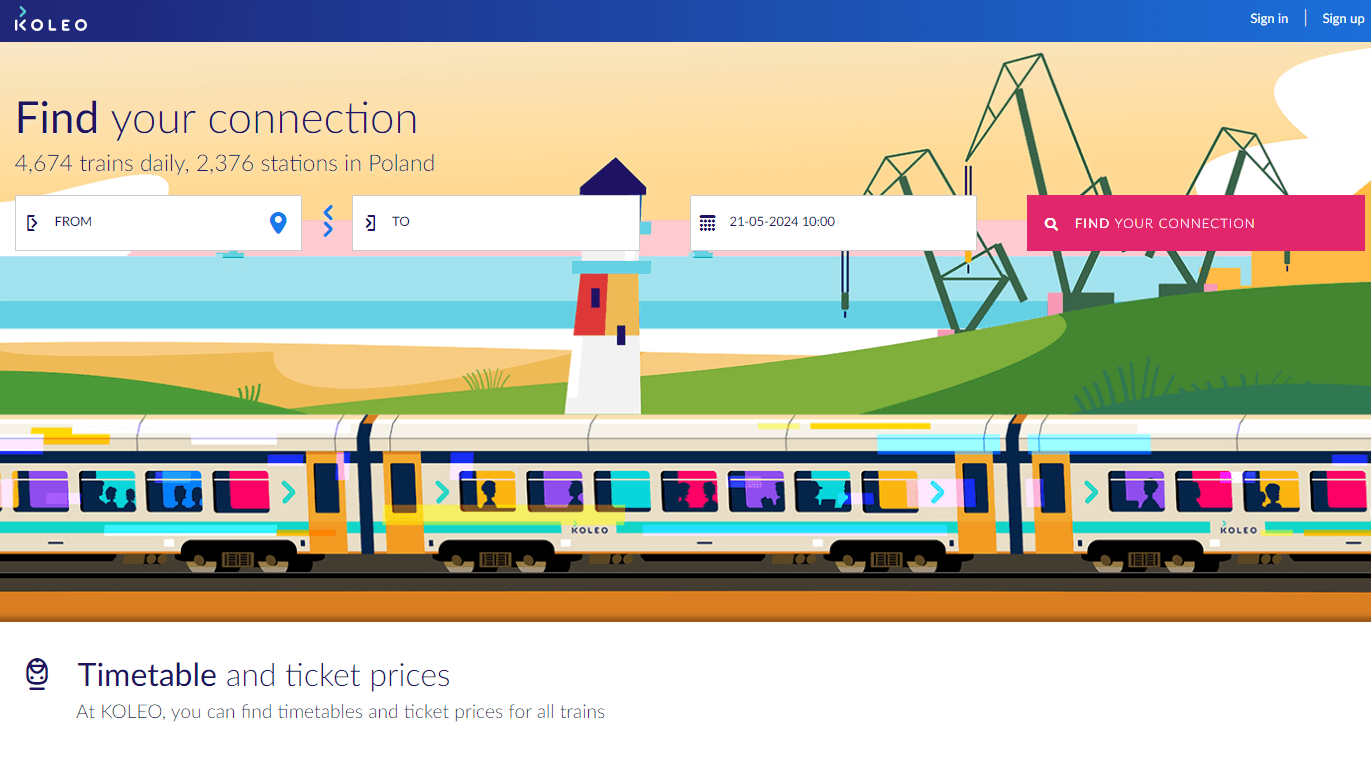
Local Etiquette and Customs
Polish people pay great attention to politeness, you can learn some Polish for short greetings. Do you know how to say good morning in Polish? This is "Dzień dobry", and "Dziękuję" means thank you. Also, dress appropriately when visiting a church or other serious place.
Transport Options
Poland offers efficient train services for intercity travel. Buses and trams are reliable for getting around cities. A helpful tip is to buy a transport pass. This is convenience and cost savings, especially when you may need to travel by public transport for more than 4 days.
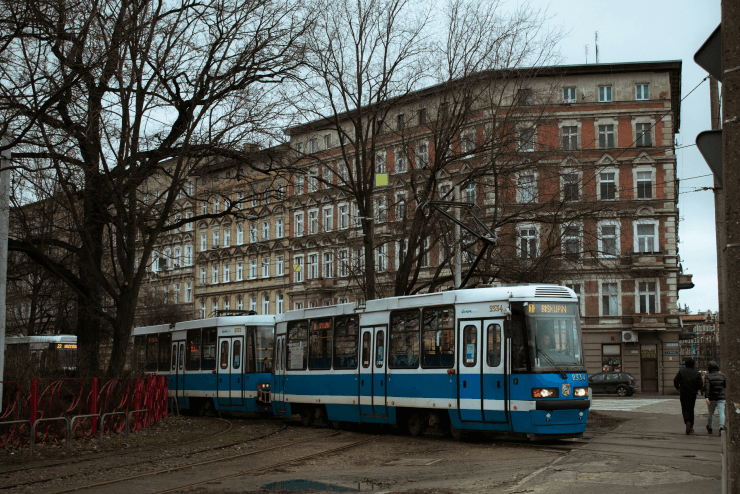
Renting a Car
For a trip within 5 days, I don't think it is necessary to rent a car, as mass traffic is convenient. But if you want more flexibility, or want to explore the countryside, it’s a good idea. Keep in mind that you may need an international driving license. And pay attention to traffic rules and parking regulations.
Communication: Language Tips
Learning a few basic phrases in Polish can enhance your travel experience. Common phrases include “Proszę” (Please), “Tak” (Yes), and “Nie” (No). English is widely spoken in tourist areas, but a little effort with Polish will be appreciated.
